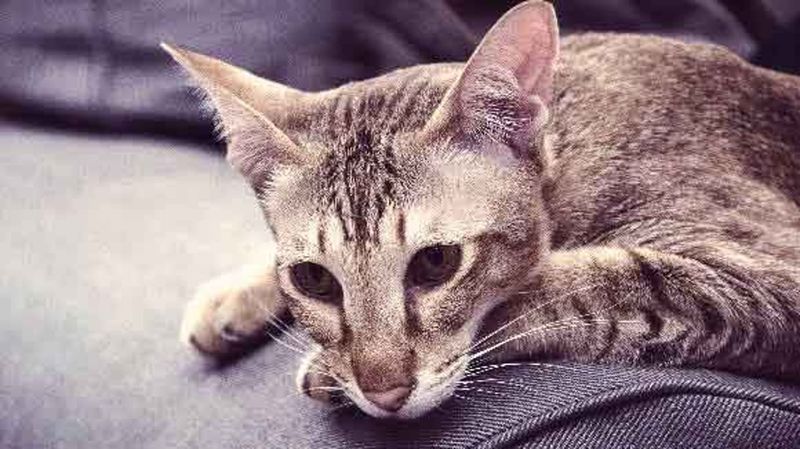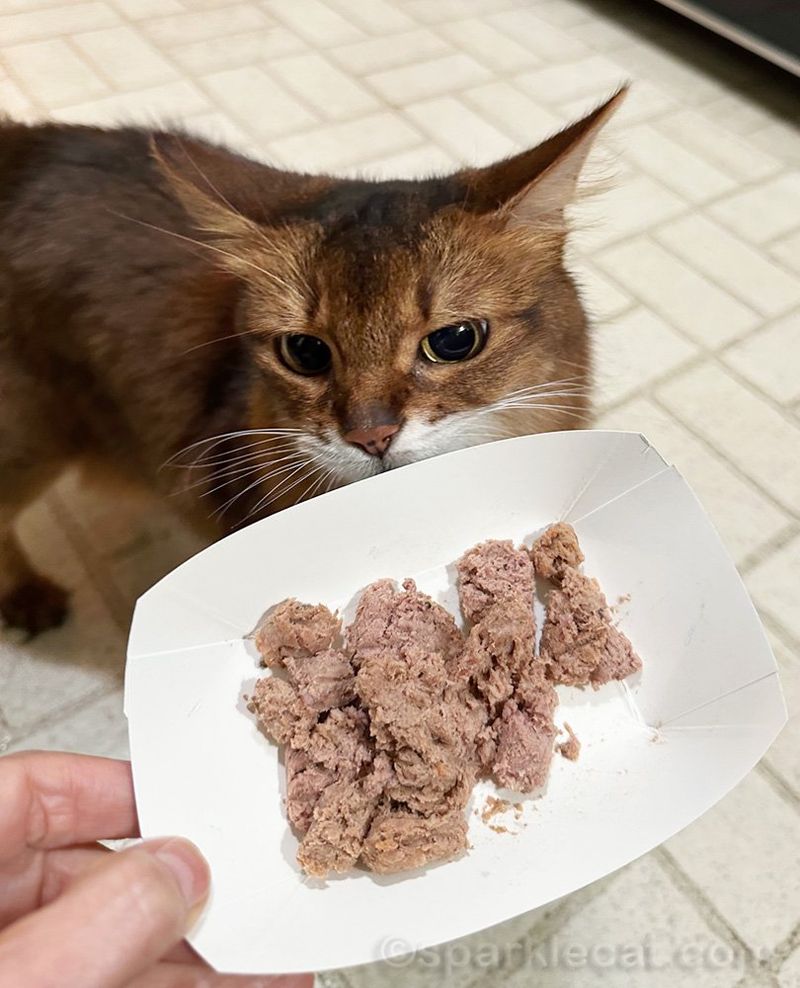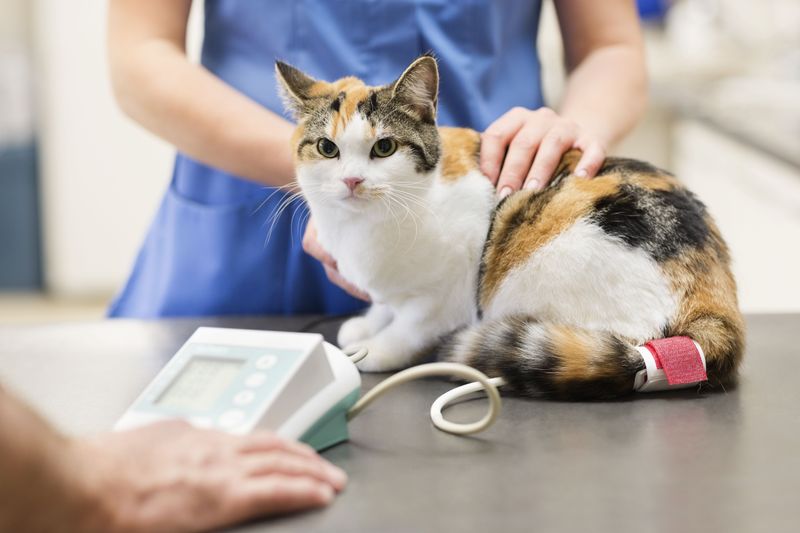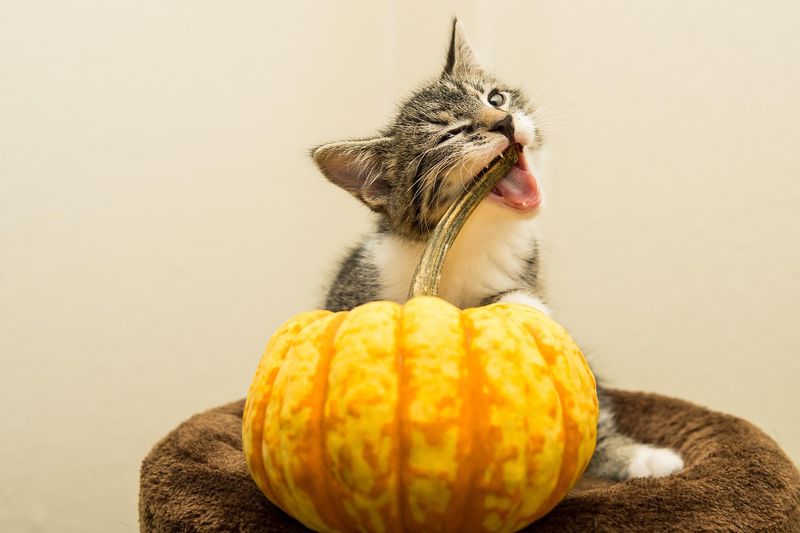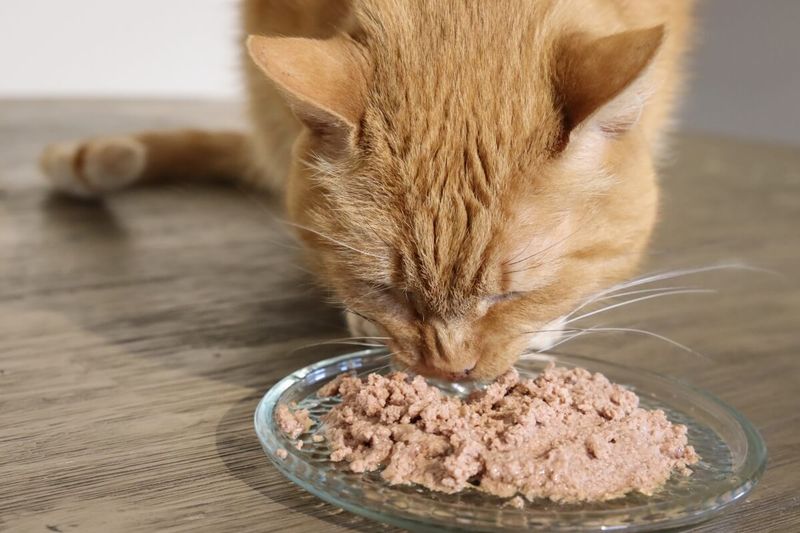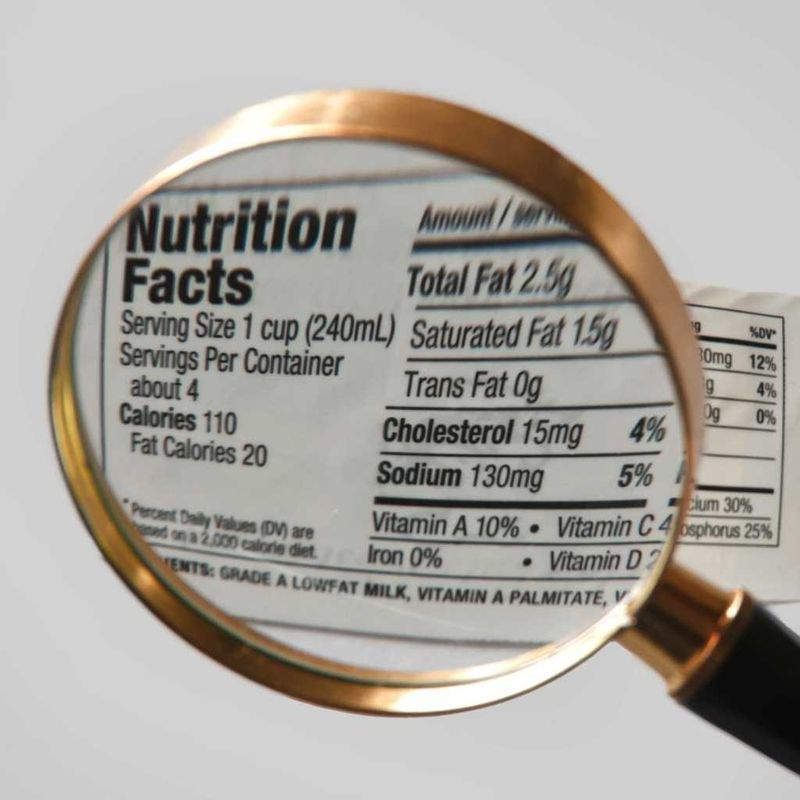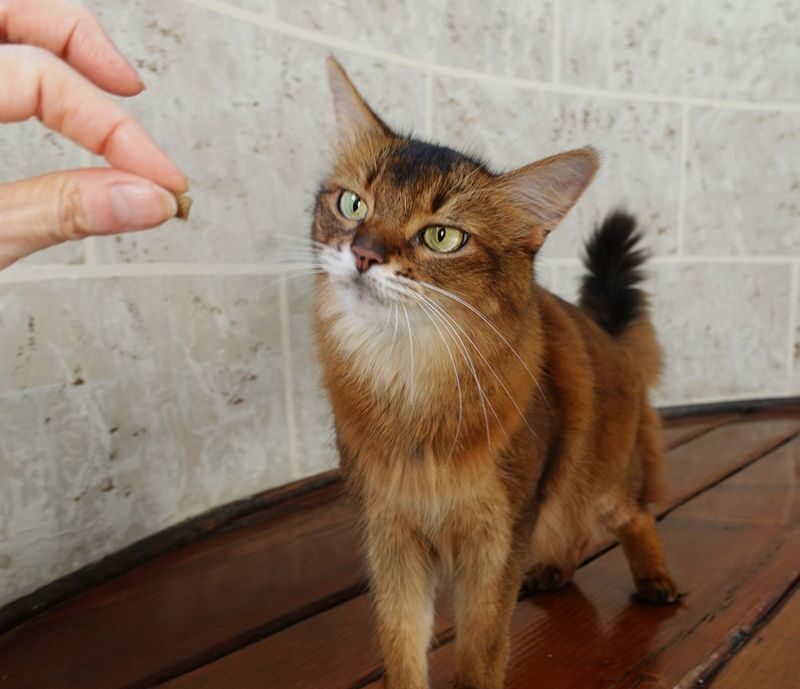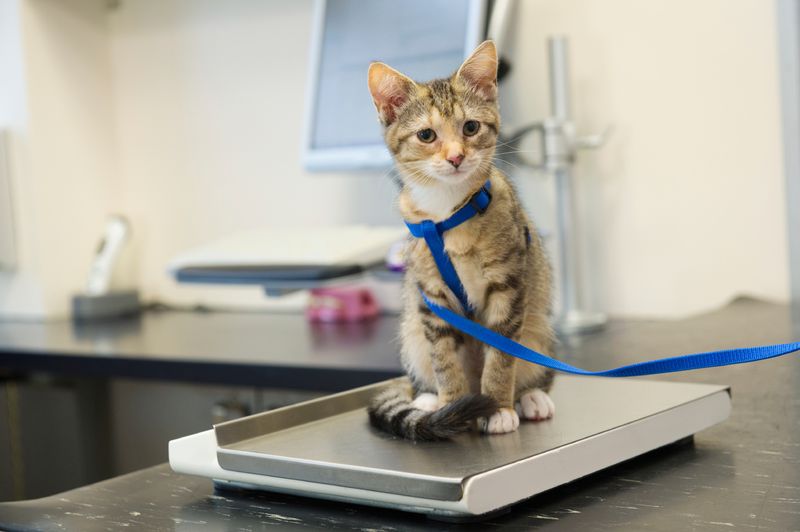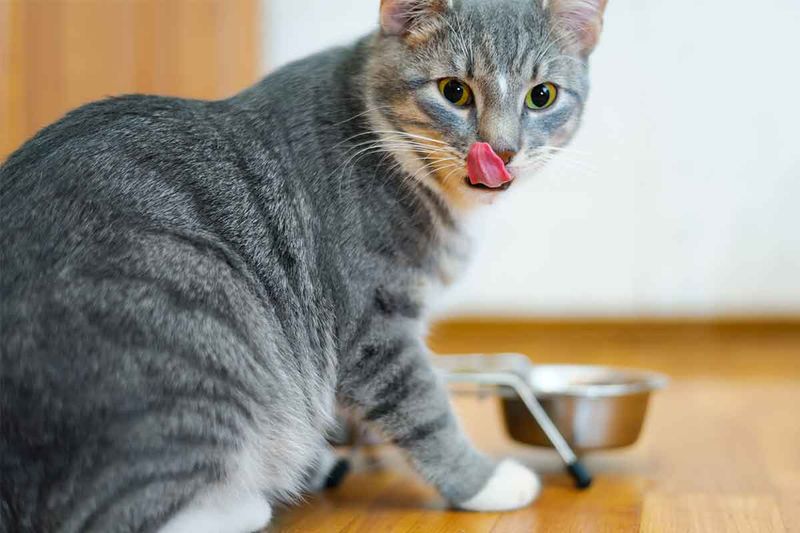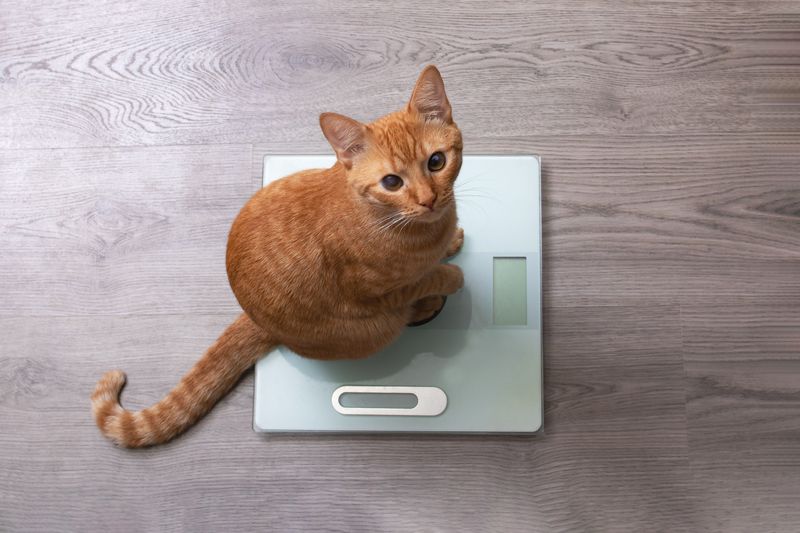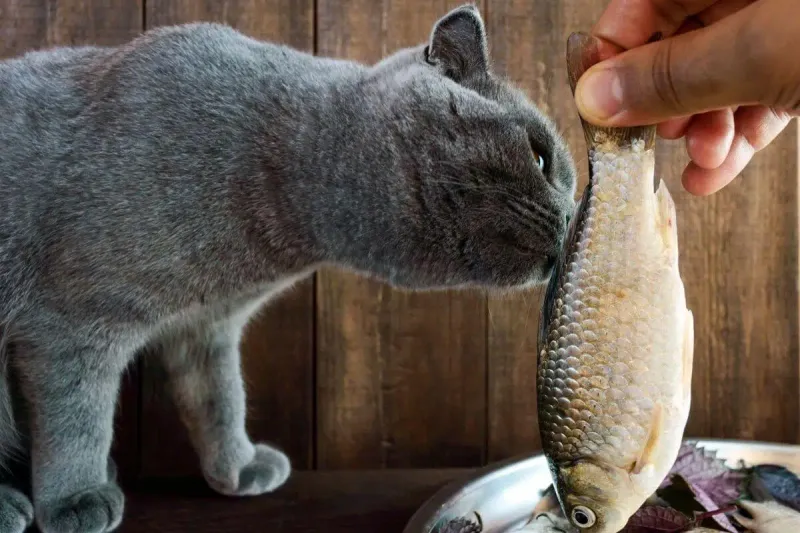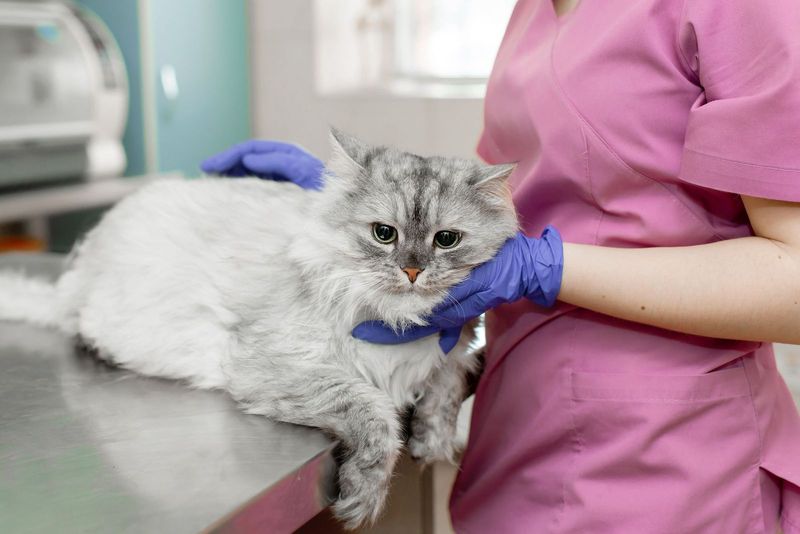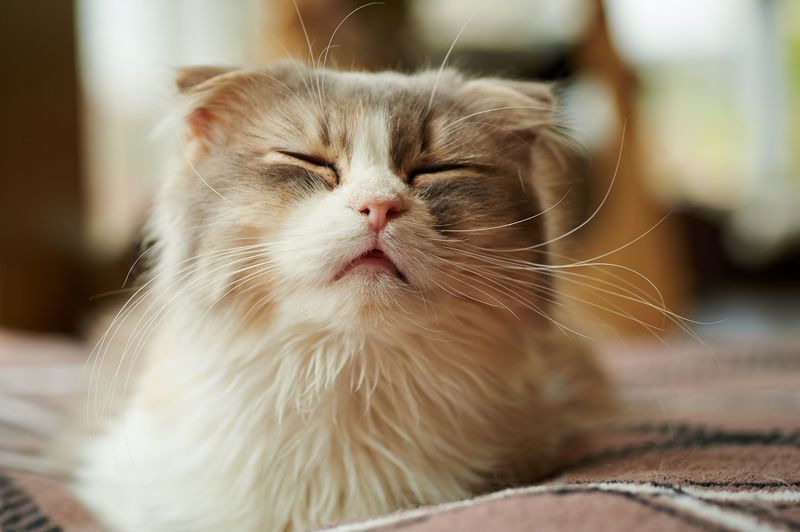Navigating the world of cat food allergies can be challenging, but with the right approach, you can help your feline friend live a healthy and happy life. This guide is designed to arm you with essential knowledge and practical strategies to tackle food allergies in cats. By understanding the symptoms and triggers, you can quickly identify potential allergens affecting your pet. With the proper steps, managing these allergies becomes a more straightforward task.
This comprehensive guide offers 15 crucial tips for identifying and managing food allergies in cats. Each tip provides practical advice and clear considerations, making it easier for any cat owner to take proactive measures. From monitoring symptoms to consulting your veterinarian, the steps outlined aim to simplify the process. This way, you can pinpoint problematic ingredients and make informed dietary changes.
By following these essential tips, you can significantly improve your cat’s quality of life while reducing discomfort and potential health issues. The guide not only offers strategies for immediate relief but also helps you develop a long-term plan for managing food allergies. With a blend of practical advice and expert considerations, you’re well-equipped to navigate this complex aspect of feline care. Ultimately, these measures ensure that your cat remains both healthy and content.
1. Observe Symptoms
Watch for signs like vomiting, diarrhea, or skin irritation, which may indicate a food allergy. Your cat might also show signs of excessive licking, biting, or scratching. These symptoms can be distressing, both for your cat and you. Pay attention to when these reactions occur concerning meal times. Keeping a close eye on these symptoms can be the first step in identifying a possible allergy. Remember that these signs can also be symptoms of other issues, so it’s crucial to consult with a professional for an accurate diagnosis.
2. Keep a Food Diary
Maintaining a food diary is essential for tracking your cat’s diet and identifying potential allergens. Note down everything your cat eats and any subsequent reactions. This detailed record will be invaluable when discussing your cat’s health with a veterinarian. Over time, patterns may emerge, making it easier to pinpoint specific allergens. This proactive step is crucial in managing your cat’s diet effectively. It also helps in gauging the effectiveness of dietary changes over time, ensuring you provide the best care possible for your feline friend.
3. Consult Your Veterinarian
Seeking professional advice is crucial when dealing with potential food allergies. A veterinarian can provide a proper diagnosis and tailored treatment plan for your cat. They have the expertise to distinguish between food allergies and other health issues. A vet consultation can include physical exams and possibly recommend further tests. This step ensures that your cat receives the best care possible and that you get the necessary guidance. Regular updates and consultations can also help in adjusting the care plan as needed. Trust your vet to guide you through managing your cat’s food allergies.
4. Use an Elimination Diet
Implementing an elimination diet involves removing suspected allergens from your cat’s diet. Start by eliminating common allergens and gradually reintroducing them one at a time. This method helps identify the specific ingredient causing an allergic reaction. It requires patience and attention to detail but can be very effective. During this period, monitor your cat closely for any changes in symptoms. This approach is often used in tandem with professional advice to ensure it’s done safely and effectively. An elimination diet can lead to a healthier, happier life for your cat.
5. Choose Hypoallergenic Foods
Hypoallergenic foods are specially formulated to minimize allergic reactions in cats. These foods often use novel proteins and are free from common allergens. When selecting hypoallergenic foods, read ingredient labels carefully and consult your vet. Transition to these foods slowly to observe how your cat reacts. This change can significantly reduce allergy symptoms and improve your cat’s quality of life. Hypoallergenic options can be a game-changer for cats with sensitive stomachs or skin issues. Remember, consistency is key in feeding, and any dietary changes should be monitored closely.
6. Read Ingredient Labels
Reading ingredient labels is essential when managing your cat’s food allergies. Look for common allergens like beef, dairy, fish, or grains. Understanding what goes into your cat’s food can help prevent allergic reactions. Ingredients are usually listed by weight, so check the first few items on the list. Being informed allows you to make smarter choices for your cat’s diet. Consult with your vet if you’re unsure about certain ingredients. This attention to detail can make a significant difference in your cat’s health and well-being. Ensuring transparency in your cat’s diet is crucial.
7. Transition Gradually
When introducing new food, do it gradually to avoid digestive upset. Start by mixing small amounts of the new food with your cat’s current diet. Slowly increase the ratio over a week. This gradual transition allows your cat’s digestive system to adjust. It also provides an opportunity to observe any adverse reactions to the new food. This method helps in minimizing stress for both you and your cat. Transitioning slowly is critical to ensuring a smooth change in your cat’s diet. Patience during this process is vital to success.
8. Limit Treats
Reducing treats in your cat’s diet can help manage food allergies. Many treats contain potential allergens or additional ingredients that could trigger reactions. Be mindful of what you offer as treats, and opt for single-ingredient or hypoallergenic options if needed. Limiting treats ensures that you can accurately assess how your cat reacts to their main diet. This practice helps keep your cat’s diet clean and straightforward, making it easier to identify allergens. Remember, treats should be given in moderation and should not replace balanced meals. A mindful approach to treats is beneficial.
9. Differentiate Environmental Allergies
It’s important to determine if your cat’s symptoms are due to food allergies or environmental factors. Sometimes, symptoms like sneezing or itching may be caused by pollen, dust, or mold rather than food. Discuss these possibilities with your vet, who can help differentiate between the two. This distinction is crucial for effective management of your cat’s health. Environmental allergies require different approaches, often focusing on reducing exposure to allergens. Cross-referencing symptoms with environmental changes can also provide insights. This step ensures that the correct treatment path is pursued for your cat.
10. Schedule Regular Vet Check-Ups
Regular veterinary check-ups are essential for monitoring your cat’s health and adjusting their dietary plan. These appointments provide an opportunity for vets to assess your cat’s progress and make necessary changes to their treatment plan. Consistent check-ups ensure that any changes in symptoms are promptly addressed. They also reinforce the importance of ongoing care and vigilance in managing food allergies. Regular vet visits provide reassurance that your cat’s health is being monitored closely. This proactive approach is key to maintaining a happy and healthy cat.
11. Consider Single-Protein Diets
Single-protein diets can be beneficial in identifying allergens. By focusing on one protein source, you can minimize the risk of allergic reactions. This approach simplifies the diet, making it easier to pinpoint issues. Discuss with your vet about options that might suit your cat’s needs. Single-protein diets are particularly useful during elimination trials. They provide a straightforward way to manage and observe dietary responses. If your cat thrives on such a diet, it could be an ideal long-term solution. Single-protein diets can be a pivotal part of allergy management.
12. Monitor Weight and Energy
Keeping an eye on your cat’s weight and energy levels can reveal important clues about their health. Significant changes might indicate dietary issues, including food allergies. Regular monitoring helps in catching any negative trends early. Discuss any concerns with your vet, who can provide guidance on maintaining optimal health. An energetic and healthy weight is often a sign of a well-managed diet. This routine check can serve as a valuable tool in managing your cat’s allergies. Small changes in activity or weight can be early indicators of dietary problems.
13. Look for Cross-Reactivity
Cross-reactivity occurs when a cat reacts to proteins related to known allergens. Recognizing this can prevent ongoing allergic reactions. For instance, a cat allergic to fish might also react to shellfish. Understanding these connections is crucial for effective allergy management. Consult with your vet for a comprehensive plan, especially if your cat has multiple allergies. Being aware of cross-reactivity helps in making informed dietary choices. This knowledge plays a vital role in preventing unexpected allergic reactions. A clear understanding of cross-reactivity ensures a safer and healthier diet for your cat.
14. Utilize Diagnostic Tests
Diagnostic tests can confirm suspected allergens, providing clarity on your cat’s dietary needs. Blood tests and other allergy tests help in identifying specific triggers. They offer a detailed insight into your cat’s reactions, allowing for precise dietary adjustments. Discuss these options with your vet to evaluate their necessity and benefits. Diagnostic tests are a valuable tool in formulating an effective allergy management plan. They offer reassurance and clarity in understanding your cat’s health. This scientific approach is often complemented by observational methods for optimal results.
15. Maintain Consistency
Consistency in feeding is key to managing cat food allergies effectively. Once a safe diet is established, stick to it to avoid triggering reactions. This stability helps in accurately assessing your cat’s health and response to the diet. Regular feeding times and consistent food types create a reliable routine. This approach reduces the risk of accidental allergen exposure. Work closely with your vet to ensure the diet remains balanced and suitable for your cat’s needs. Maintaining consistency reinforces the positive outcomes of a well-managed diet. It’s a cornerstone of successful allergy management.

